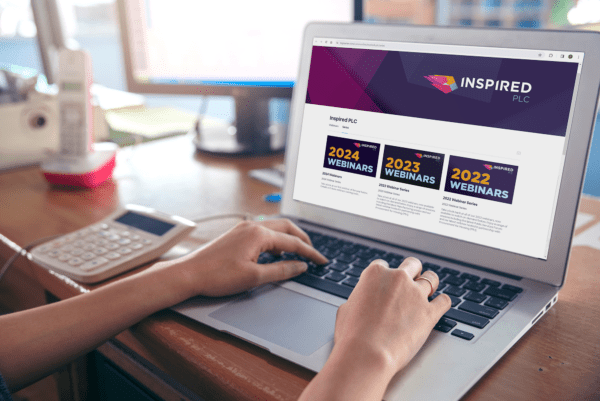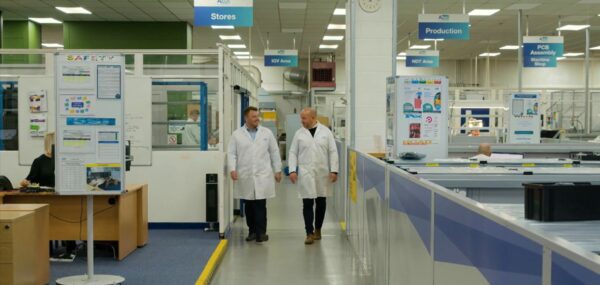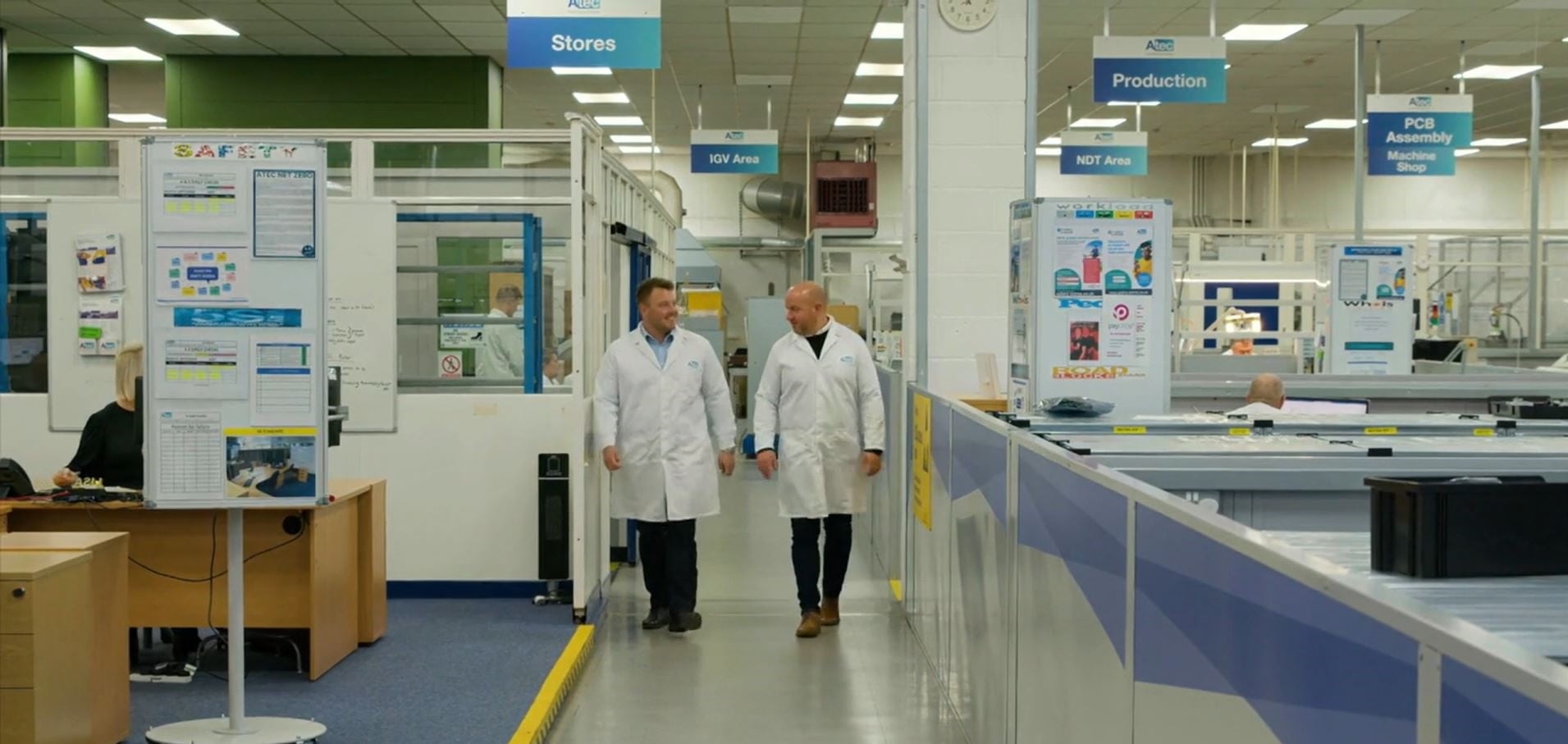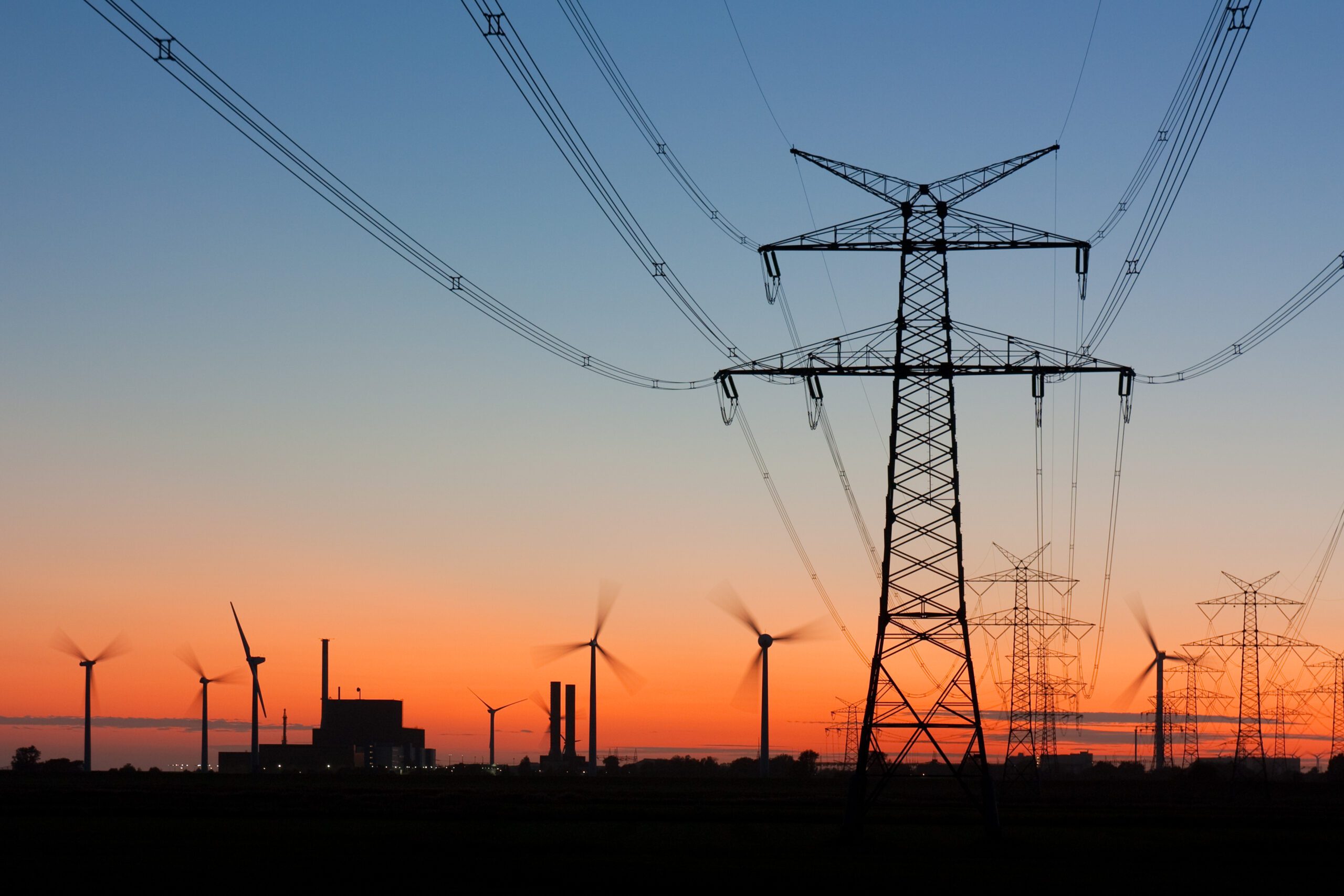
Could your optimum route to net-zero lie in your data?
If you are striving to create the best net-zero plan for your business, be sure to use your data to...
When you set an ambitious target like ‘net-zero’ emissions, it can be tempting to create an equally ambitious plan for reaching it. At Inspired, we love to see businesses put aspirational goals and actions in place – but when it comes to net-zero, it’s vital to ensure that your plan is also optimised to your business’s unique requirements and situation, as well as your goal.
One way to achieve this is taking a data-driven approach, because by analysing and using the insight your data provides into your carbon emissions, you will be able to make well-informed decisions as you move towards your goal. Studies have shown that companies that are building sustainability into their core strategies are outperforming those who don’t. On top of the benefits that reducing emissions brings, companies are finding that it also strengthens a brand against its competition, improves customer loyalty and boosts recruitment.
If you are striving to create the best net-zero plan for your business, be sure to use your data to…
Clarify your carbon footprint
It’s vital to have a good understanding of your company’s current carbon footprint before you begin to plan your route to net-zero, because you need to be aware of where your emissions are coming from and how much you will need to reduce or offset before you can build the best path for your business.
Many businesses already have to collect and report on Scope 1 and 2 emissions for SECR – Scope 1 covers direct emissions from owned or controlled emission sources, where Scope 2 covers indirect emissions from purchased energy. To map out your full carbon footprint, however, you’re likely to need to ask third parties to share their data with you. Your Scope 3 emissions include all other emissions that occur throughout your value chain, so you will need to seek data from your suppliers and consumers in this area. Once you have all of the data you need to map out your Scope 1, 2 and 3 emissions, you should have a clear view of your organisation’s carbon footprint.
Prioritise action
Now that you have a good grasp of where your business is creating carbon emissions you can begin to prioritise areas for improvement. If your organisation has been focusing on decarbonisation for some time now, you may find that your Scope 1 and 2 emissions are fairly low. However, as many businesses are only just beginning to tackle their Scope 3 emissions, you may find that this area now accounts for a large proportion of your overall carbon footprint. If so, you’re not alone – both Pepsi and BT have stated recently that their Scope 3 emissions now represent 90% or more of their total GHG emissions.
Wherever your business is creating the most emissions within your control is where you should be taking action first, so use your data to decide which areas you urgently need to address. You can then build your net-zero plan around this information, plotting actions to reduce your emissions in your most pressing areas first and including actions in other areas further down the line. For example, if your transportation emissions are very high but your electricity emissions are low because you are on a renewable tariff, you may want to prioritise switching to a low-carbon fleet over taking out a corporate power purchase agreement (CPPA). This doesn’t mean that you shouldn’t include a CPPA in your net-zero plan, but it may mean that you take this action slightly later in your journey to take the optimum route for your business.
Measure your progress
As the years go by and your organisation moves closer to its net-zero deadline, you may find that you need to adjust your plan to ensure that you are consistently taking the optimum approach to reaching your goal. However, you will need to keep a close eye on your energy and emissions data in order to know when you need to make changes and when your existing initiatives are working well.
If you have implemented a behavioural change program to encourage your staff to adopt more energy efficient behaviours, for example, your data will be able to tell you whether they are doing so or not. Perhaps you have asked everyone to ensure that they have turned their computers and lights off when they leave the office – if you see your electricity consumption fall outside of office hours, then you can see that your staff are engaging with this initiative. You can even use your data to create a sense of competition among your workforce by sharing the data you collect on their consumption with them, and showing them how different sites and departments compare to each other. This might encourage more people to get on board with your initiatives and ‘be the best’ within your business.
Taking a lead on climate action can help you be a leader in your sector. Communicating your achievements is really important in not only helping your business but also encouraging others to come along on the net-zero journey.
Drive real insight from your data
At Inspired, we know that driving insight from your data isn’t easy – in fact, many organisations find that even collating the data they need to inform their net-zero plan is a real challenge.
Our experts are supporting hundreds of businesses to optimise their net-zero strategies through our Carbon Action Programme – so whether you need software to help you to visualise your carbon emissions, or guidance on the next step your business should take to achieve its decarbonisation goals, we’re here to help. Contact us today on 01772 689 250 or email [email protected].










